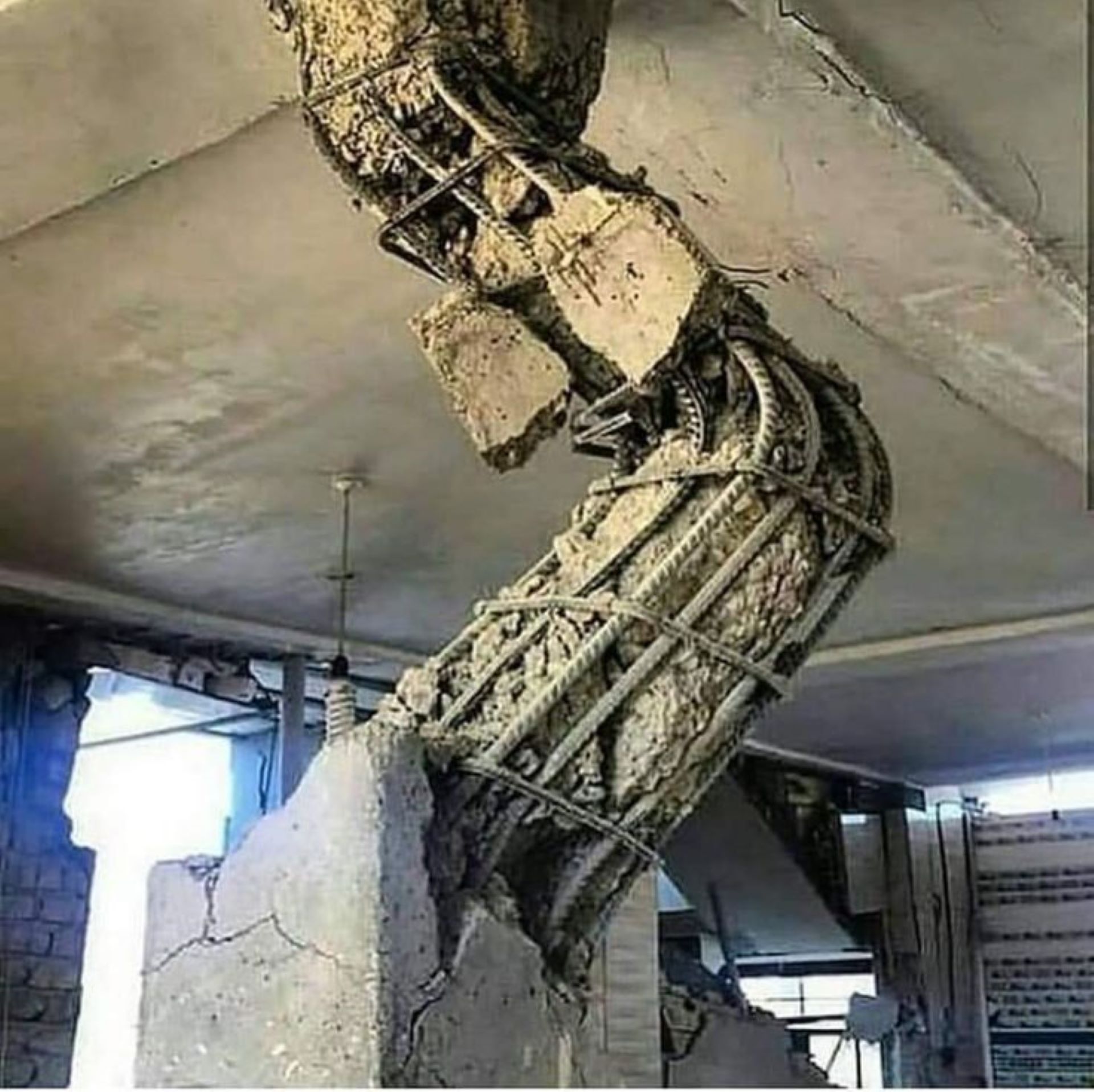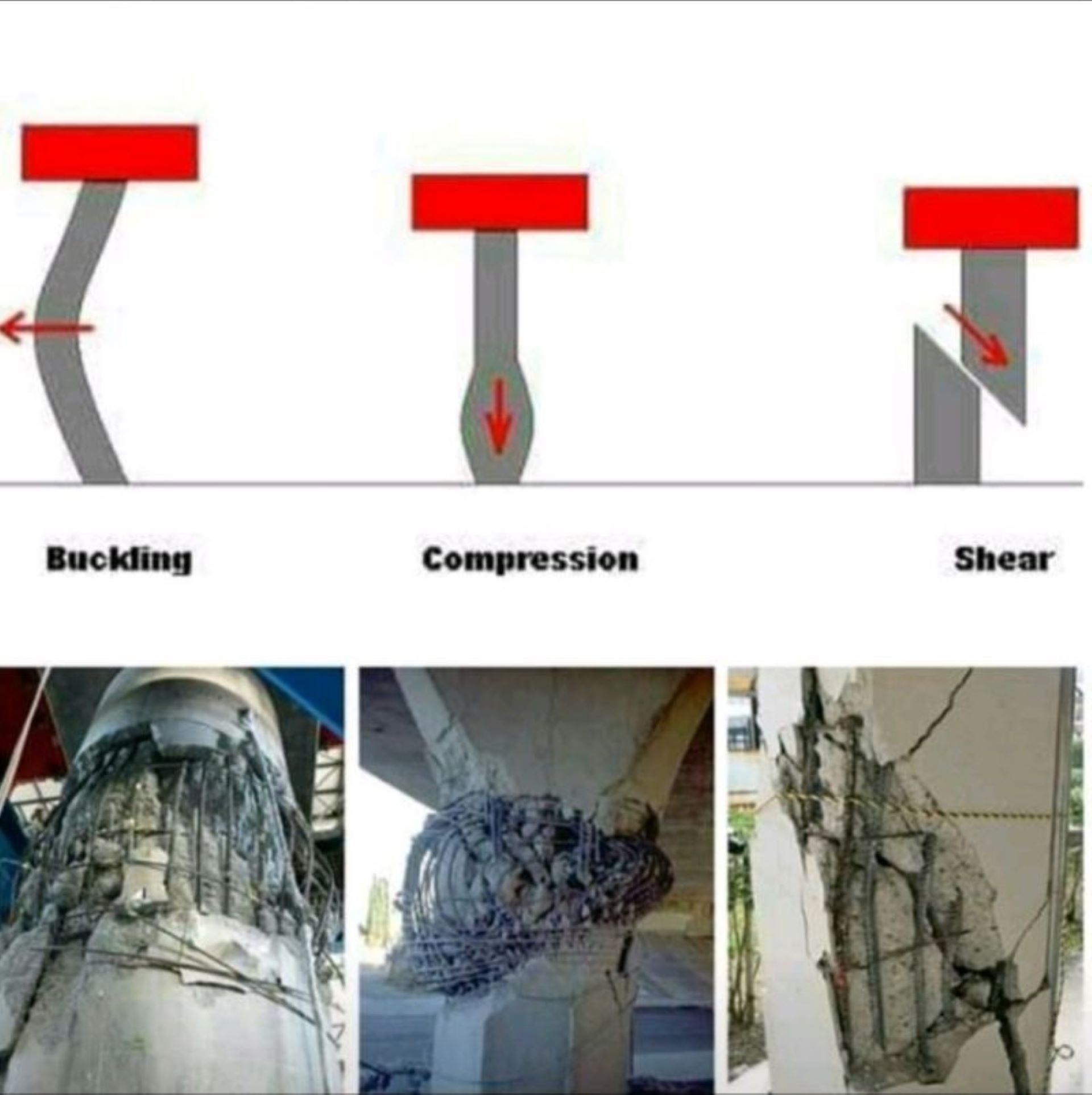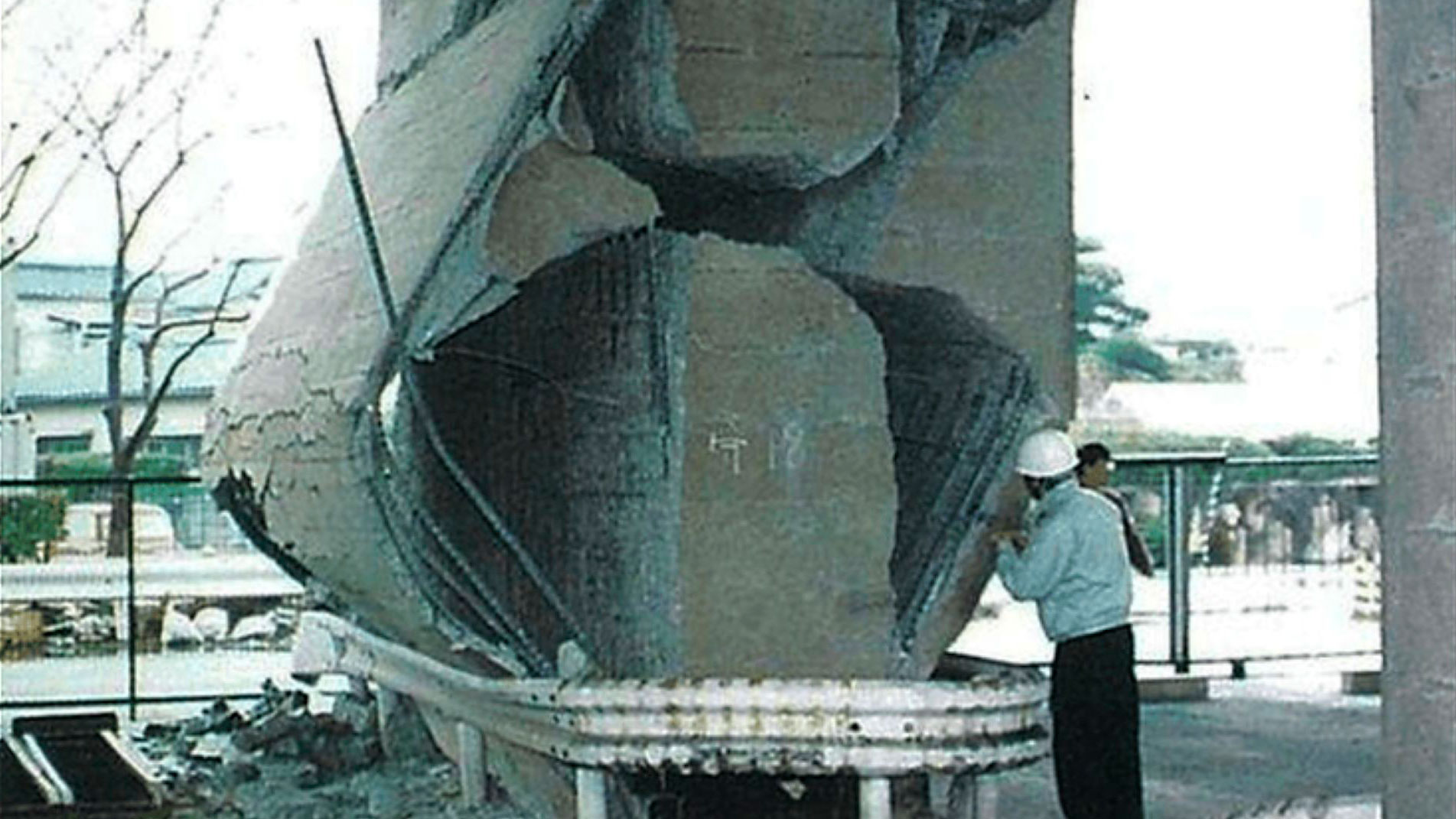Columns are structural elements whose function in architecture is to support compressive and/or bending forces and to transmit the loads of the building to the foundation. However, due to the high stresses to which they are usually subjected, they present different structural pathologies.
Let us see which ones:
One of the most common is compression failure, which occurs when the axial load applied to a column exceeds its compressive strength capacity. This failure can be a consequence of a design that does not consider the expected loads, or that determines insufficient dimensions for the cross-section, or occur due to low concrete strength or lack of adequate reinforcement.
Another significant failure is flexural failure. Columns are exposed to lateral loads that generate bending moments. If these moments exceed the bending capacity of the column, failure can occur. This may be due to poor design that does not consider lateral loads, lack of transverse reinforcement to resist the bending moments or discontinuities in the longitudinal reinforcement.

Buckling failure is another issue to consider. Buckling occurs when a column, subjected to compressive axial loading, deflects laterally due to instability of the system. This failure occurs in slender columns and is due to inadequate design that does not consider the relationship between the effective length of the column and its radius of gyration, as well as the lack of reinforcement to resist buckling stresses.

In addition, columns can experience shear failure when insufficient reinforcement is provided to resist horizontal forces. These forces lead to concrete spalling in the column and even collapse. Lack of adequate transverse and longitudinal reinforcement, as well as lack of confinement of the concrete core, are contributing factors to this failure.
A thorough structural analysis that takes into account the design loads and conditions is essential. In addition, it is necessary to follow applicable building codes and regulations to prevent and mitigate these concrete column failures. This ensures the safety and stability of the structures throughout their service life.
By Jean Carlos Soto, Senior Structural Engineer in Amusement Logic’s Architectural Dept.







